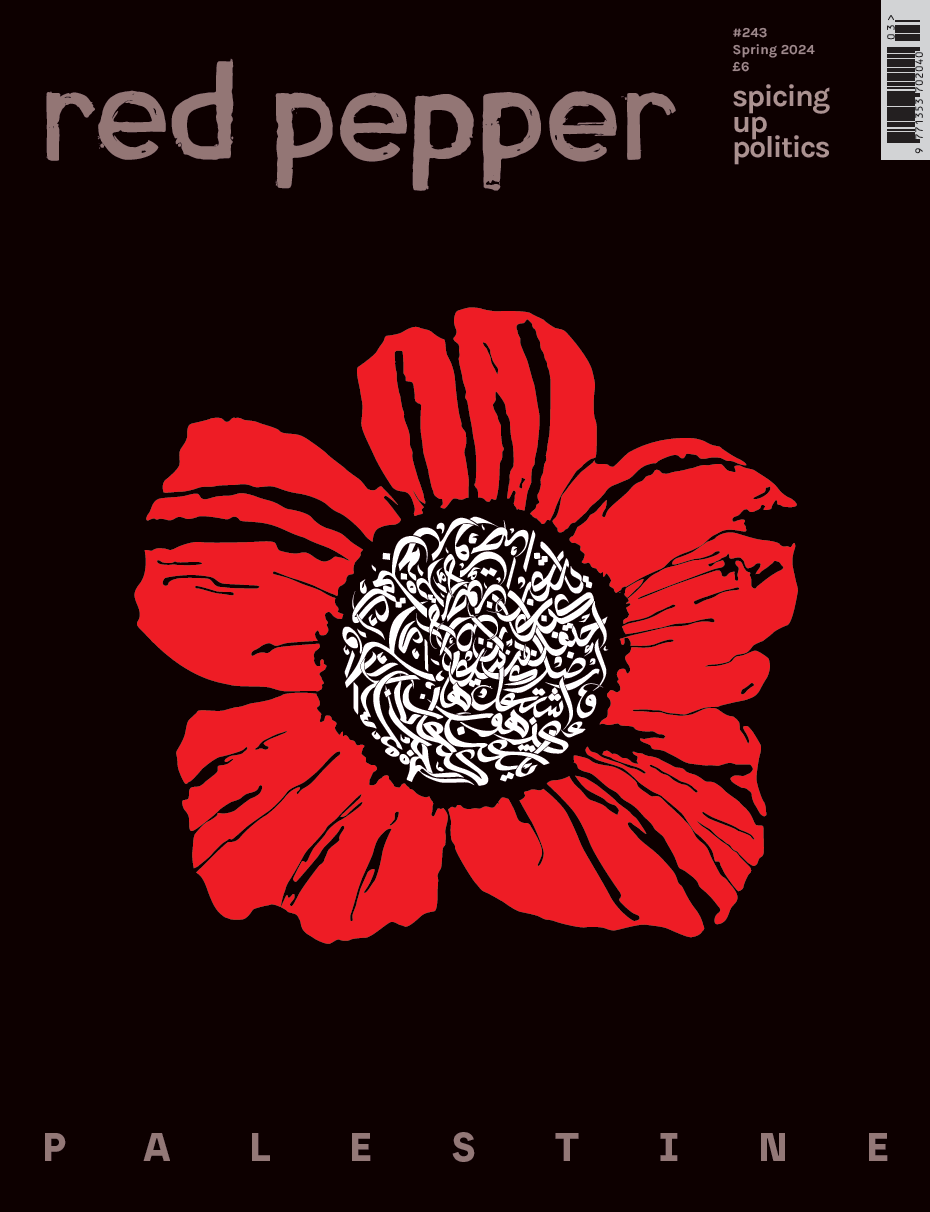Title: Enemy Feminisms: Terfs, Policewomen and Girlbosses Against Liberation
Author: Sophie Lewis
Publisher: Haymarket Books
Year: 2025
In Carmen Maria Machado’s 2021 prize-winning memoir In The Dream House, the author writes that, ‘What is placed in or left out of the archive is a political act, dictated by the archivist and the political context in which she lives.’ Machado invites us to consider the potentially obfuscatory nature of how we tell our histories; to be curious about which scenes end up on the cutting room floor, and to ask questions about which narratives get pushed to the footnotes.
This reminder is critical – and it lies at the heart of Enemy Feminisms, in which the author resurfaces the less convenient tales of ‘terfs, policewomen and girlbosses against liberation’ who fall within the broad church of feminism. Lewis encourages us to examine why mainstream feminism is so desperate to disavow itself of its less savoury characters, and what the impact of this attempted exorcism is – inviting an engagement with ‘unwelcome lessons’ as a crucial dimension of feminist praxis.
Enemy Feminisms sings in its loving commitment to the worlds we are building, through holding feminist histories up to the daylight, like a gemologist, and examining all of the lessons they contain and refract. This is a radical form of love, which compels us to grapple with the harms done by feminists, in the name of feminism, and the lines we must draw to avoid confusion over whether Theresa May or Kamala Harris, for example, can be our allies in struggle (spoiler: they cannot). Through chronicling the more fascistic dimensions of feminist histories, Lewis reminds us that ‘knowing how to draw lines that say, “this feminist is our enemy”, is increasingly indispensable’. Knowing who our comrades are equips us better for the fight ahead.
A tightly-tangled thread Lewis pulls on is the issue of ‘women’s safety’. We learn that the portfolio of activities carried out in the name of protection against the imperial and neoliberal spectre of the dangerous stranger ‘out there’ is long and lurid. Lewis chronicles histories including 1920s Klanswomen in the US who terrorised black communities in order to protect the white ‘mothers of the race’. The clarion call to throw marginalised people under the bus in order to entrench the power, influence and supremacy of an elite pocket of white feminists trumpets abrasively through the annals of feminist history. Lewis gently suggests that however painful we find them, our response must not be to crop these violent acts and organisations out of the picture.
The sprawling umbrella of feminism shelters under its awnings a whole host of actors, many of whom hold wildly antagonistic political positions to each other. Lewis puts to us that feminist histories must both celebrate, for example, the working-class, Jewish and Irish women who went toe to-toe with the fascist blackshirts who marched on east London in the 1930s, while also acknowledging the former suffragettes who joined the British Union of Fascists, and attributed their penchant for air salutes and jackboots to their training in the suffrage movement.
One problem that dogs mainstream feminism, as Lewis explains, is its deep entanglements with imperialism and fascism – in part, a ‘British feminism of fear’. The particular flavour of British feminism that is largely carceral, sometimes biologically essentialist, and frequently imperial in nature points to the way that liberal white feminism and the neoliberal state co-produce each other. The forms of ‘feminism for the patriarchy’ that Lewis lays bare – the Klan feminist, the girlboss and the policewoman with her rainbow lanyard among others – must be named. The function of this naming is so that we can strengthen our movements and build the type of feminism we deserve, not the kind that conscripts us into violent feminist missions of exploitation, expropriation, abandonment, division and subjugation.
Lewis’s writing is frequently acerbic and always buoyant, dancing us through what could feel like, in other hands, a bleak gallery of ghouls. Her dedication to radical struggle shines through. A committment to a politics of abolitionism, Marxism and feminism requires a form of care that compels us to identify violence, harm, abuse and oppression meted out in service of ‘women’s rights’ or ‘women’s liberation’, and call it by its name.
It is only through a refusal to dance in the neoliberal frames of fear, unsafety and scarcity, that instead a prioritisation of collective care, and a dedication to pleasure and joy can be placed firmly within our feminist purview. In Enemy Feminisms, as in Lewis’s earlier Full Surrogacy Now and Abolish the Family, the author confronts the boundaries that threaten to cage feminists past and present – including borders, the nuclear family, prisons, profit margins and the gender binary – while at the same time sailing us towards the urgent ‘feminisms against cisness and against whiteness’ that can and must be our guiding star.










